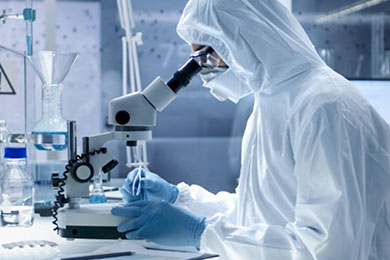
Search

Search

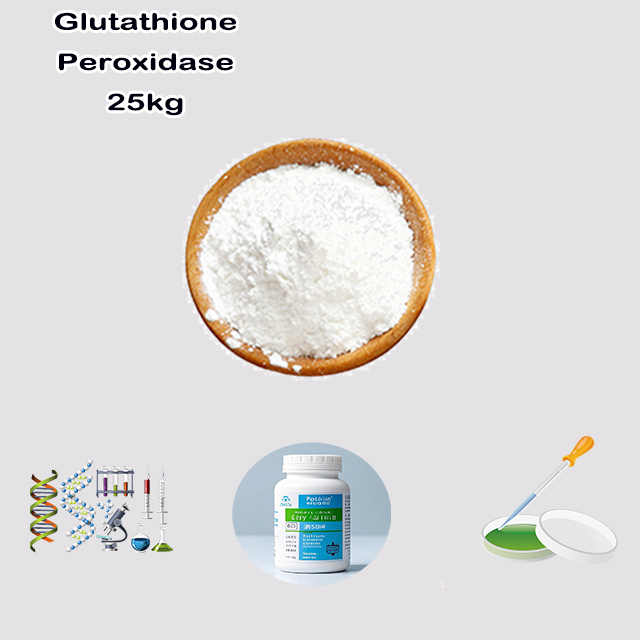
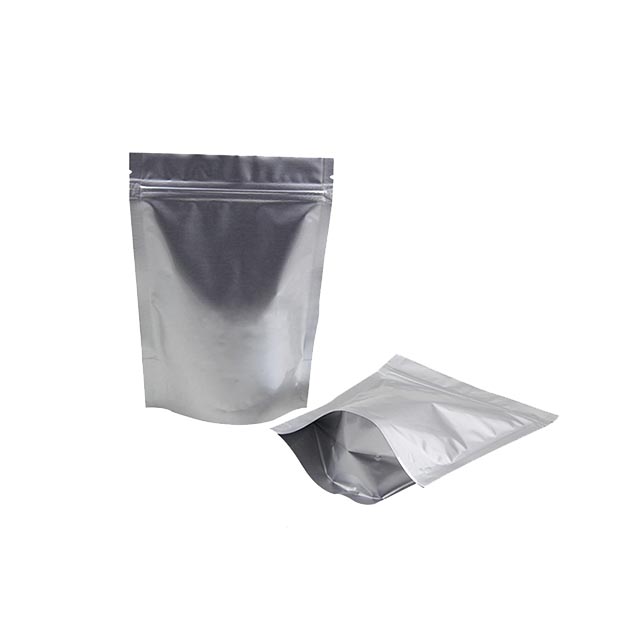
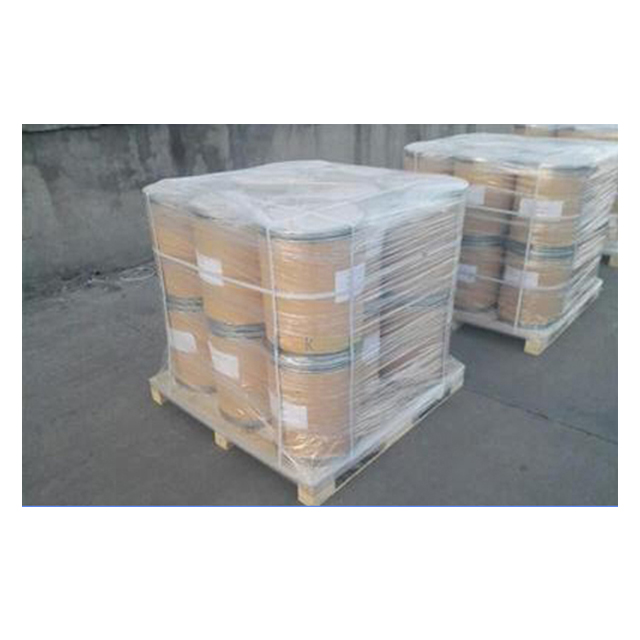
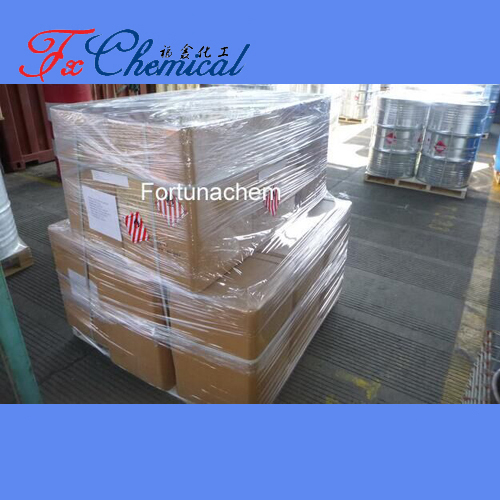






Glutathione Peroxidase (GPx) is a vital selenium-dependent antioxidant enzyme that protects cells from oxidative damage. Its core function is to neutralize harmful peroxides, primarily hydrogen peroxide (H₂O₂) and organic hydroperoxides (like lipid peroxides), converting them into harmless water or alcohols.
It uses glutathione (GSH) as its reducing agent, oxidizing GSH to glutathione disulfide (GSSG) in the process. This detoxification prevents damage to DNA, proteins, and cell membranes.
Key isozymes include:
GPx1: Ubiquitous, handles soluble peroxides.
GPx4: Critical for reducing phospholipid hydroperoxides in membranes and preventing ferroptosis (a form of iron-dependent cell death).
It's essential for cellular redox balance and defense against oxidative stress-related diseases.
Glutathione Peroxidase (GPx) is a crucial antioxidant enzyme found in nearly all living organisms. Its primary function is to protect cells from oxidative damage caused by reactive oxygen species (ROS), particularly hydrogen peroxide (H₂O₂) and organic hydroperoxides (like lipid hydroperoxides).
Here's a breakdown of its key aspects:
Core Function: Detoxifying Peroxides
H₂O₂ + 2GSH → 2H₂O + GSSG
ROOH + 2GSH → ROH + H₂O + GSSG
(Where GSH = Reduced Glutathione, GSSG = Oxidized Glutathione)
GPx catalyzes the reduction of harmful peroxides to harmless products:
This prevents peroxides from reacting with metals (like iron) to form highly destructive hydroxyl radicals (•OH) via the Fenton reaction, or from directly damaging proteins, DNA, and especially lipids in cell membranes (lipid peroxidation).
Essential Cofactor: Glutathione (GSH)
GPx uses glutathione (a tripeptide: γ-glutamyl-cysteinyl-glycine) as its primary reducing agent/substrate.
During the reaction, two molecules of GSH are oxidized, forming glutathione disulfide (GSSG).
The enzyme glutathione reductase (GR) then regenerates GSH using NADPH as the ultimate electron donor: GSSG + NADPH + H⁺ → 2GSH + NADP⁺
This creates the glutathione redox cycle, a fundamental cellular antioxidant system.
Selenium Dependence:
Most mammalian glutathione peroxidase isozymes (see below) contain the rare amino acid selenocysteine (Sec or U) at their active site.
This selenocysteine residue is crucial for the enzyme's catalytic activity, allowing it to efficiently reduce a wide range of peroxides.
This makes selenium (Se) an essential dietary micronutrient for optimal GPx function and antioxidant defense.
Isozymes (Different Types):
There are multiple isoforms of GPx in mammals, encoded by different genes, with distinct locations and substrate preferences:
Directly reduces phospholipid hydroperoxides embedded in cell membranes, protecting against lipid peroxidation.
Is monomeric (most others are tetramers).
Can use other thiols besides glutathione (e.g., protein thiols) under certain conditions.
Plays a vital role in preventing ferroptosis (an iron-dependent form of regulated cell death driven by lipid peroxidation).
GPx1 (Cytosolic): Ubiquitous, primarily reduces H₂O₂ and soluble organic hydroperoxides. The most abundant form.
GPx2 (Gastrointestinal): Found mainly in the gastrointestinal tract epithelium.
GPx3 (Extracellular/Plasma): Secreted into plasma and extracellular fluids, reduces peroxides in the extracellular space.
GPx4 (Phospholipid Hydroperoxidase): Critically important. Unique because it:
GPx5, GPx6, GPx7, GPx8: Less characterized or have more specific locations/functions (e.g., epididymis, olfactory, endoplasmic reticulum).
Biological Importance:
Primary Antioxidant Defense: Forms a first line of defense against peroxide-induced oxidative stress.
Protects Cellular Components: Prevents damage to lipids (membranes), proteins, and DNA.
Regulates Redox Signaling: By controlling peroxide levels, GPx indirectly influences cellular signaling pathways that use H₂O₂ as a messenger.
Prevents Ferroptosis: GPx4 is a key inhibitor of this damaging form of cell death.
Immune Function: Protects immune cells from their own ROS production.
Detoxification: Helps detoxify peroxides generated during metabolism or from external sources (toxins, pollutants).
In summary: Glutathione peroxidase is a vital selenium-dependent antioxidant enzyme that utilizes glutathione to neutralize harmful hydrogen peroxide and organic hydroperoxides. This detoxification is essential for protecting cells from oxidative damage, maintaining cellular integrity, regulating signaling, and preventing diseases associated with oxidative stress, including neurodegeneration, cardiovascular disease, and cancer. The different GPx isozymes ensure this protection occurs in various cellular compartments and against specific peroxide threats.

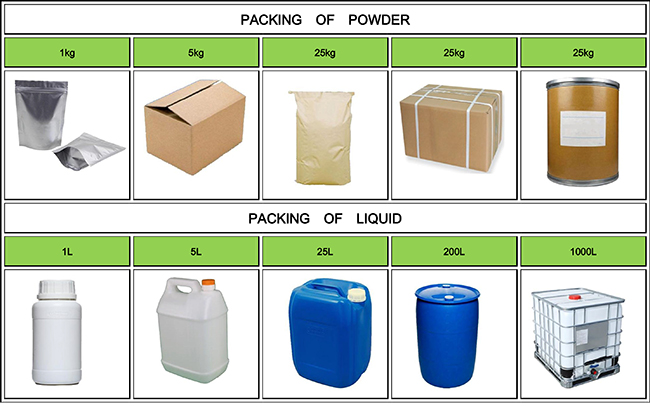


Fortunachem Provides Not Only Professional Chemical Products But Also Professional Help
Keeping you up-to-date with all the latest information, news, and events about Fortunachem!

Quick Links
Add:
E-mail:
 English
English  Español
Español  français
français  العربية
العربية 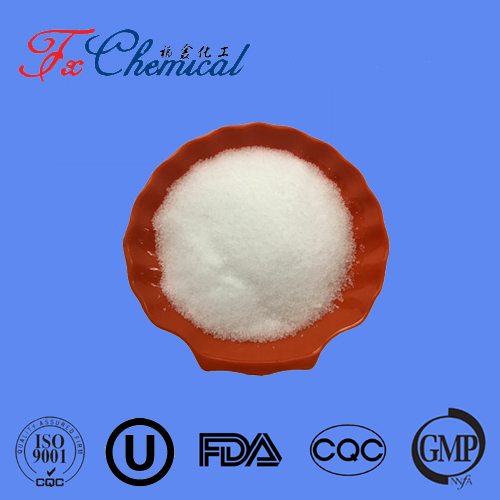
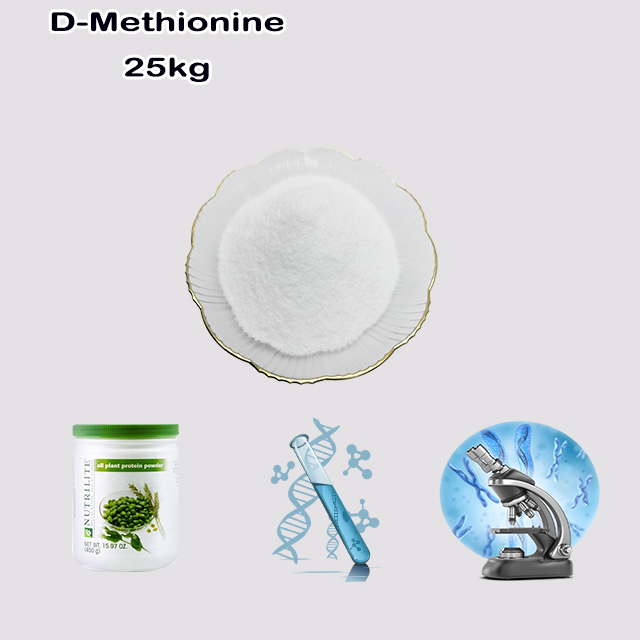

主图.jpg)
